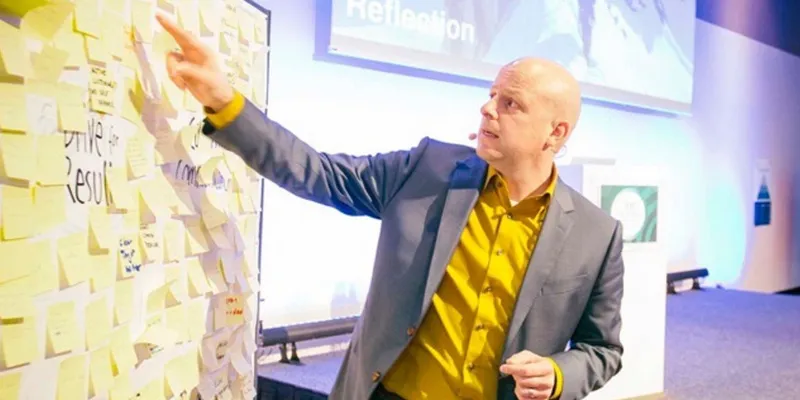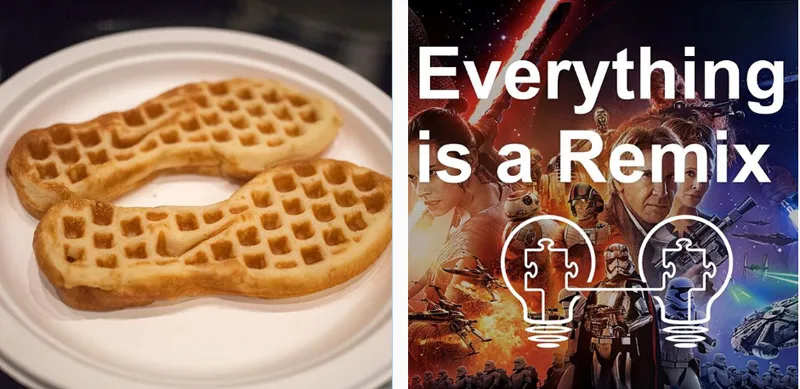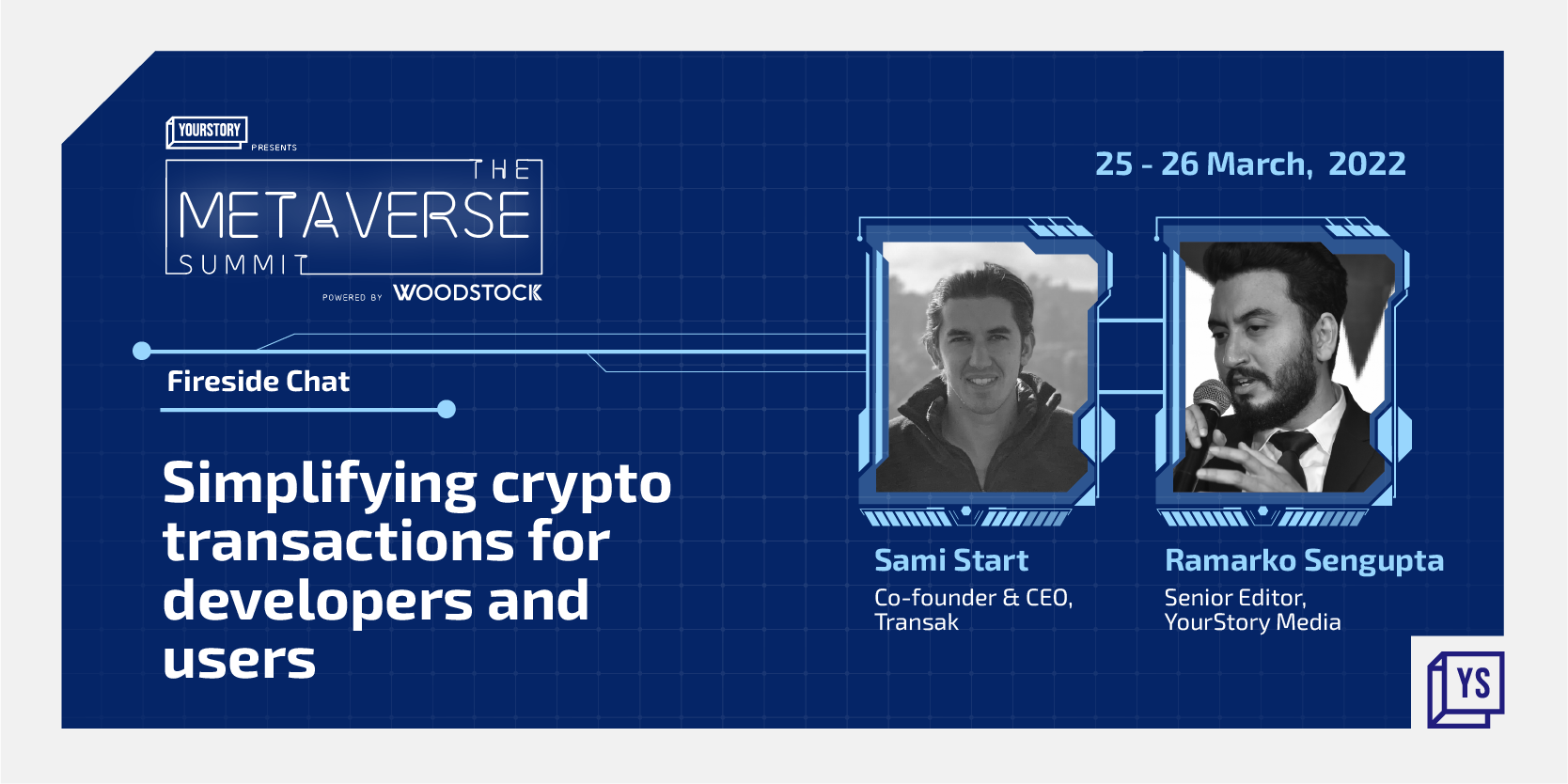“Don't think outside the box - think outside your industry” ‑ Ramon Vullings, Author of ‘Cross-Industry Innovation’
A growing number of startups today want to position themselves as the equivalent of an ‘Uber for trucks’ or ‘AirBnB of co-working spaces’ or a related analogy with another successful startup. Cross-industry innovation is on the rise as never before, as demonstrated by Ramon Vullings and Marc Heleven of innovation consultancy 21 Lobsterstreet in their book, Not Invented Here: Cross-Industry Innovation (see my book review).

Based in Antwerp, Belgium, Ramon is a consultant in applied creativity and innovation, and an ‘ideaDJ’ in business strategy. He joins us in this interview on cross-industry innovation frameworks, emerging technologies, and entrepreneurial challenges.
YS: In the time since your book was published, what are some notable new examples of cross-industry innovation you have come across?
RV: Many of the new examples in our practice are based on 'services' and 'processes'. For example, managing the work planning of energy power plants by learning from FloraHolland (the flower business, which is very seasonal).
McLaren Applied Technologies applies Formula 1’s high-performance culture and working methods to toothpaste production lines at GlaxoSmithKline, and to improve flight scheduling at London’s Heathrow airport.
Government aviation officials and top management from airlines such as Delta and United are sharing lessons with automakers in the hope that they can also reduce fatality rates the way airlines have.
YS: What are the typical challenges entrepreneurs face as they scale up their organisation from innovator to mature player? How can they be overcome?
RV: The key challenges include access to distribution networks, and getting contracts with large distributors. Attracting and keeping the right talent is also an issue.
In the experimenting stage, a big challenge is stigma of failure, particularly so for traditional Asian and European cultures. A better word for failure may be ‘nearling’ (nearly there) – see the site Nearling.com for instructive examples on how to treat failure positively and learn from it to move on towards success (for example, Angry Birds). The site also has some good quotes (‘Failure is success in progress’ ‑ Albert Einstein).
YS: What are the key emerging areas of research within cross-industry innovation?
RV: Much research has been done in the area of cross-industry innovation for products, but the services and processes domain is much larger. Other research areas are in the cross-industry transfer of insights from data analytics and algorithms.
YS: What trends do you see in cross-industry innovation?
RV: Due to cross-industry innovation, more competition comes from outside your sector. A survey conducted by the IBM Institute for Business Value showed that 54 percent of CxOs expect that competition will come from other industries!
YS: Is there such a thing as the ‘ideal age’ for an innovator? How should people keep themselves open for adopting an innovation perspective throughout life?
RV: There is 'no ideal age' for creativity. Younger children are at full creative potential, and artists generally maintain this throughout life. For the rest of us, creativity tools are the way to train our brain (and attitude). Creativity is like a muscle; it needs training to make it better at making connections.
YS: Who are some of the cross-industry innovators you admire the most today?
RV: There are so many different people doing cross-industry innovation, many I don't know of ‑ that's why I keep on gathering examples!
YS: What do you see as the top three technologies with the most disruptive innovation impact?
RV: Self-driving cars (autonomous driving); 3D printing; data analytics and smart algorithms leading to Artificial Intelligence (AI).

YS: How was your book received? What new projects or initiatives are you working on now?
RV: We got a lot of requests for speaking gigs, for consulting programmes and 'chamber of commerce' events (where different sectors are linked together to create new value). I am currently full into cross-industry innovation: doing keynotes, consulting, and learning expeditions.
I am working with organisations to visit other companies in non-competitive industries to learn and get insights on strategic questions in areas like leadership development, attitude development, new business development, and new partnerships.
For my next book, I have raw ideas and am slowly working on a draft ‑ no real working title as yet!
YS: What new frameworks and models are emerging for cross-industry innovation?
RV: Many frameworks spill over from 'Open Innovation' and 'Partnership Models'. Related models are distributed innovation, joint ventures, and networked innovation. Ideas can be brought in from the outside, or taken from inside to external communities. These frameworks can also be developed by industry associations.
YS: How important a role does academia play in cross-industry innovation?
RV: There is a lot of ground to win by learning from academics, for example, the work of Oliver Gassmann and Ellen Enkel, a bit linked to Henry Chesbrough (in open innovation). Yet, we need way more research, examples, and cooperation.
I myself am a practitioner, converting ideas into action and inspiration. We are just at the beginning of the 'cross-industry' way of thinking and operating.
YS: What is your parting message to the startups and aspiring innovators in our audience?
RV: Industry lines are blurring faster – look out for disruptive forces entering your sector from outside your industry. Move from ‘ego’ to ‘lego’ – set aside your ego and use ideas from outside your industry as Lego blocks. The future is not about the survival of the ‘fittest’ but the ‘most fitting’ – you are never too late, just be better.
In sum, don't think outside the box, think outside your industry!











